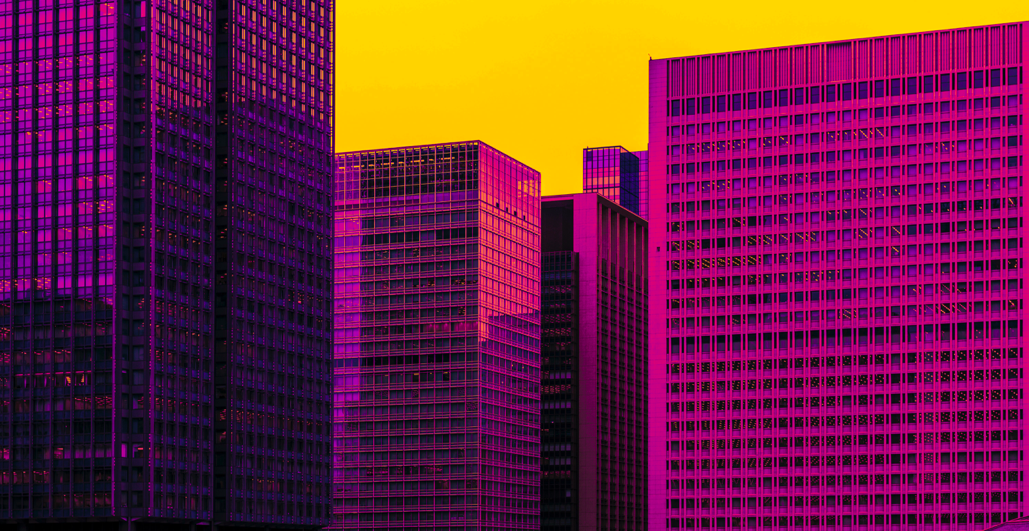High-performance buildings continues to grow, MEP consulting firms are working hard to develop innovative solutions that can help meet this chalanges. Here are some of the latest innovations in MEP consulting for high-performance buildings:
1- Building Information Modeling (BIM)
BIM is a digital representation of a building that allows engineers, architects, and contractors to collaborate and make informed decisions throughout the design and construction process. MEP consultants are using BIM to optimize building systems, identify potential conflicts, and reduce construction costs.
2- Energy Modeling
Energy modeling is the process of simulating a building's energy performance to identify opportunities for improvement. MEP consultants use energy modeling to optimize building systems, reduce energy consumption, and improve indoor air quality.
3- Integrated Design
Integrated design is a collaborative approach that brings together all stakeholders in a project to work together from the beginning. MEP consultants are using integrated design to optimize building systems, reduce construction costs, and improve building performance.
4- Water Conservation
Water conservation is another area where MEP consultants are innovating. By implementing water-efficient fixtures, rainwater harvesting systems, graywater recycling, and smart irrigation systems, MEP consultants can significantly reduce water consumption in buildings.
5- Renewable Energy
MEP consultants are also exploring renewable energy options such as solar, wind, and geothermal to help reduce a building's reliance on fossil fuels. By integrating renewable energy systems into a building's design, MEP consultants can help reduce energy consumption and improve overall building performance.
Innovations in MEP consulting are helping to drive the development of high-performance buildings that are more energy-efficient, sustainable, and cost-effective. By leveraging these innovative solutions, building owners and developers can create buildings that meet the needs of today's society while also preserving the environment for future generations.

